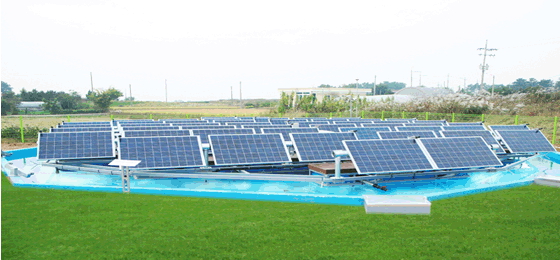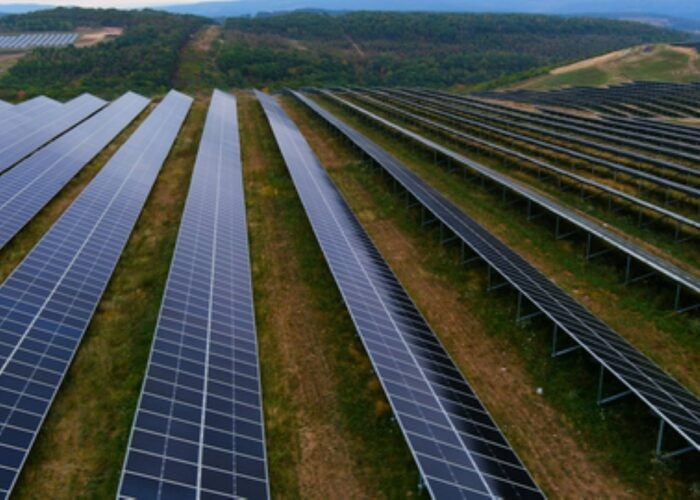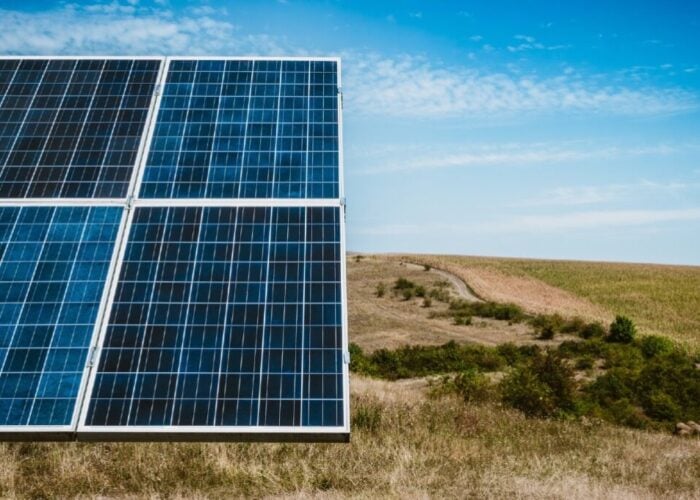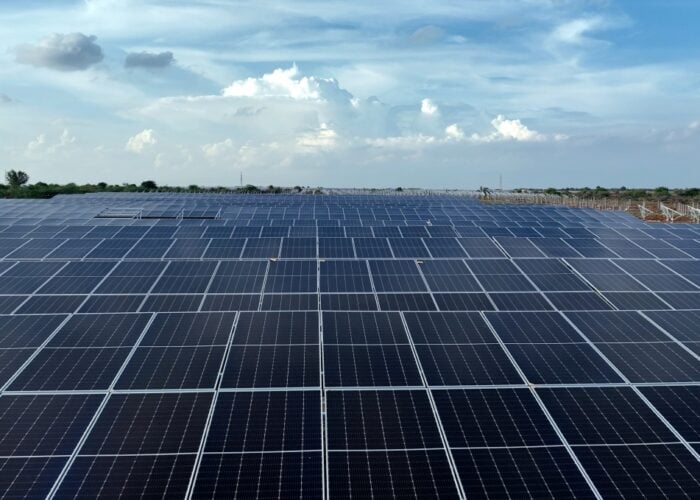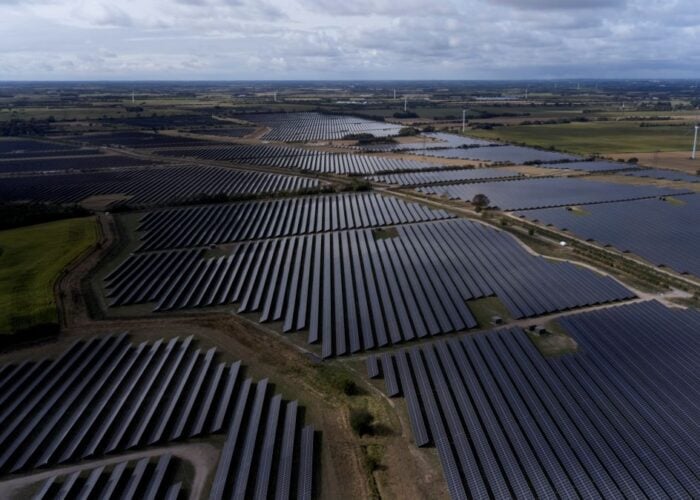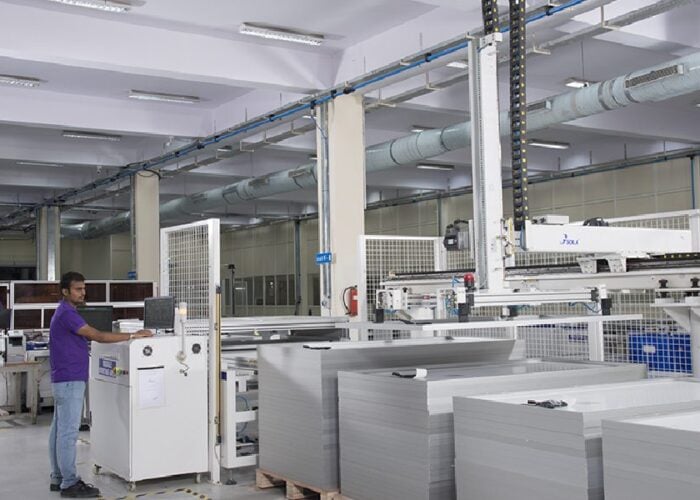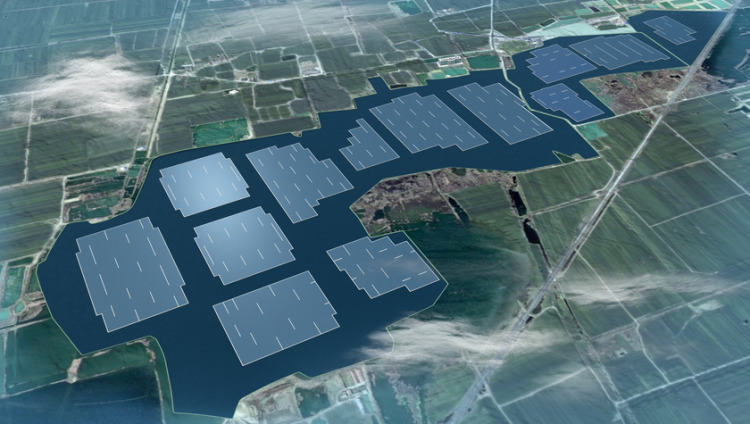
‘Silicon Module Super League’ (SMSL) member Hanwha Q CELLS has signed an MOU with Korea Hydro & Nuclear Power (KHNP) to build an 80MW rotating floating solar project on a reservoir in South Korea, which would be the largest of its type in the world.
Hanwha Q CELLS Korea would be responsible for supplying the PV modules for the project, while EPC work would be carried out by Hanwha Solar Power under Hanwha Chemical in collaboration with Korean floating solar specialist Solkiss.
Try Premium for just $1
- Full premium access for the first month at only $1
- Converts to an annual rate after 30 days unless cancelled
- Cancel anytime during the trial period
Premium Benefits
- Expert industry analysis and interviews
- Digital access to PV Tech Power journal
- Exclusive event discounts
Or get the full Premium subscription right away
Or continue reading this article for free
Solkiss had developed a solar powered rotating technology for a complete floating solar system, acting like a conventional single-axis tracking system, generation up to a further 20% in electricity generation.
Hanwha noted that KHNP would be responsible for the business management, financing and obtain the renewable energy supply certificate (REC). Korean power generation companies with a capacity of over 500MW have a compulsory obligation to develop renewable energy projects and obtain REC’s from the government.
Cho Hyun-soo, President and CEO of Hanwha Q CELLS Korea said, [Translated] “Water-quality solar power is a solar power plant with more power generation due to various factors such as air circulation and water reflection, as well as efficient use of land. We will increase the number of cases and contribute to domestic solar power. “
Solkiss has a pipeline of much smaller floating solar projects being built in South Korea that also use its rotating technology.
Recently, China completed the largest (40MW) floating solar project in the world in Anhui Province, China and recently started a 70MW project in the same region. Also recently announced are plans for a 150MW project in the same area in collaboration with France-based floating PV specialist Ciel & Terre.
In 2014, South Korean PV module manufacturer, SolarPark Korea had supplied modules to the first floating PV power plant in Korea that also used a tracking and rotating system. The prototype ‘Sunflower Solar Power Plant’ built by the Korea Rural Community Corporation was a 465kWp system.
